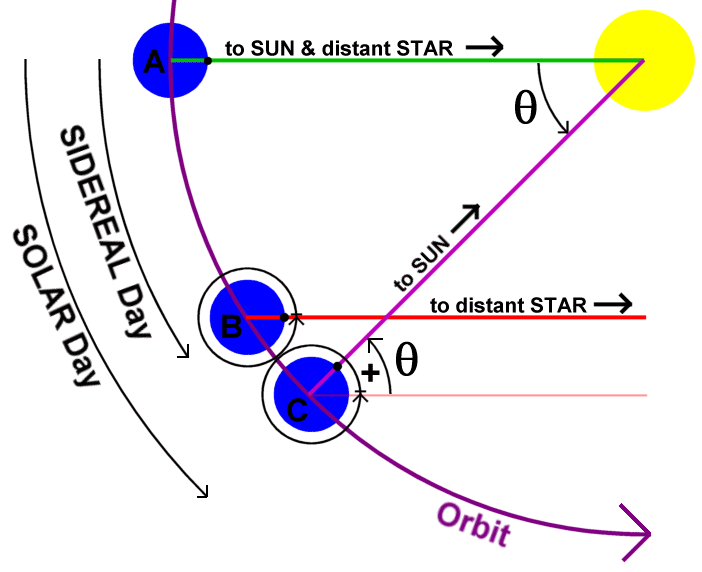4 O'Clock
Imagine you are looking at clock face at you see the number 4 written in Roman Numerals. How is it written? You would think it would be IV, but if you have one close by go and check it, most of the time 4 is written as IIII instead. This differs from every use of Roman Numerals other than clocks and there is some argument as to why this is. I'm going to go through some leading theories:
First up is one that I don't give much credit to but the internet keeps bringing up. In the Roman Pantheon Jupiter was head of the gods and his name was spelt IVPPITER so the abbreviation IV was already taken by his name so they didn't use it for sundials since it would be confusing. Clock makers carried on this practice to emulate the classical style.
Theory number two: most early clocks were built for church towers and their numbers were cast in metal. If you have 4 written as IIII then to make the whole face you will need to make 4 Xs, 4 Vs and 20 Is which all conveniently divide by 4. This means that you could use the same mould of an X, a V and 5 Is four times. However if you write 4 as IV then you get no easy split as you have 4 Xs, 5 Vs and 17 Is.
Finally, theory number three: visual symmetry. When looking at a clock face with IIII then the first third is all Is, the next third contains Vs and the last third has the Xs. This is pleasing to look at.
Perhaps all are true?
Once you are aware of this fact you notice it everywhere. I habitually check clocks to see if they were aware of this rule and judge them if they write it as IV. While there are a couple of old clocks that write it as IV (looking at you Great Westminster Clock (Big Ben if you must)) spotting it written this way is usually an indicator that a clock is only faux old.







